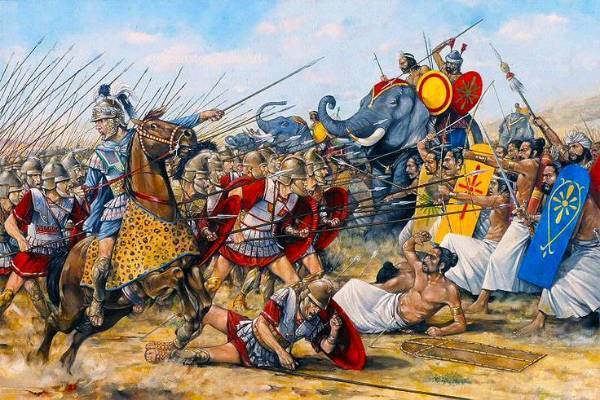


The army marched behind, drinking as they went, accompanied by flute players filling the landscape with music. He and his close friends feasted and drank as they rode on a double-size chariot. Arrian describes how after making it through the hazardous Gedrosian desert, Alexander led a drunken march in imitation of a Dionysian triumph, as if he were Dionysus himself. Alexander frequently fashioned himself after gods and heroes. Callisthenes interpreted the ravens as divine intervention, neatly foreshadowing the Oracle’s revelation that Alexander was the son of Zeus. His court historian Callisthenes wrote accounts of Alexander’s party being guided through the Western Egyptian desert to the Siwa Oasis by ravens. Stories of Alexander’s greatness started during his own lifetime. These regions were conscious of how they were brought into existence and disseminated Alexander’s legacy through coins, literature, and oratory propaganda.ĭetails of the Alexander Sarcophagus, 4th century BCE, Istanbul Archaeological Museum, via ASOR Resources Smaller Hellenistic kingdoms also arose, including Pergamon. His generals, also known as Diadochi, divided the land after a series of bloody wars, which gave rise to the Hellenistic kingdoms of Ptolemaic Egypt, Seleucid Asia (mainly Syria), and Antigonid Greece. After Alexander died, no one man could control his territory. The legacy of this empire was the Hellenistic age.

He is known primarily for his empire, which spanned ancient Greece, Macedonia, and all the way to modern-day Afghanistan. Oliver Stone’s movie Alexander, paintings, and even a song by Iron Maiden attest to his legend. The Western world is saturated with images of Alexander the Great. 330-320 BCE, via the Staatliche Museen zu Berlin Alexander the Great’s Legacy Gold stater with portrait of Alexander, c.


 0 kommentar(er)
0 kommentar(er)
